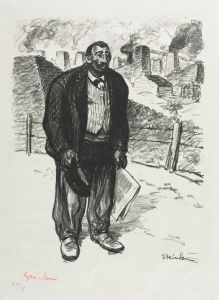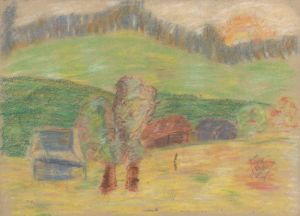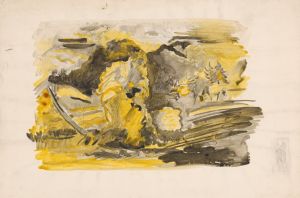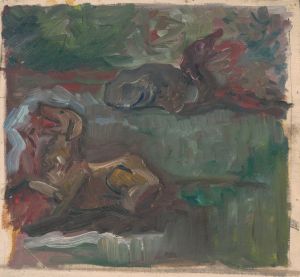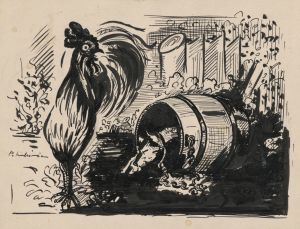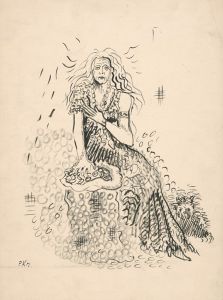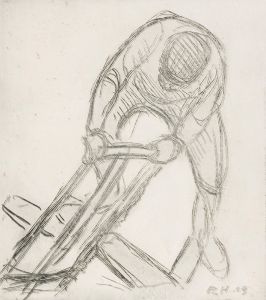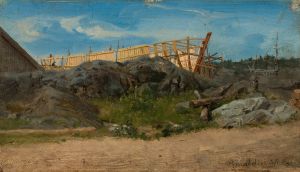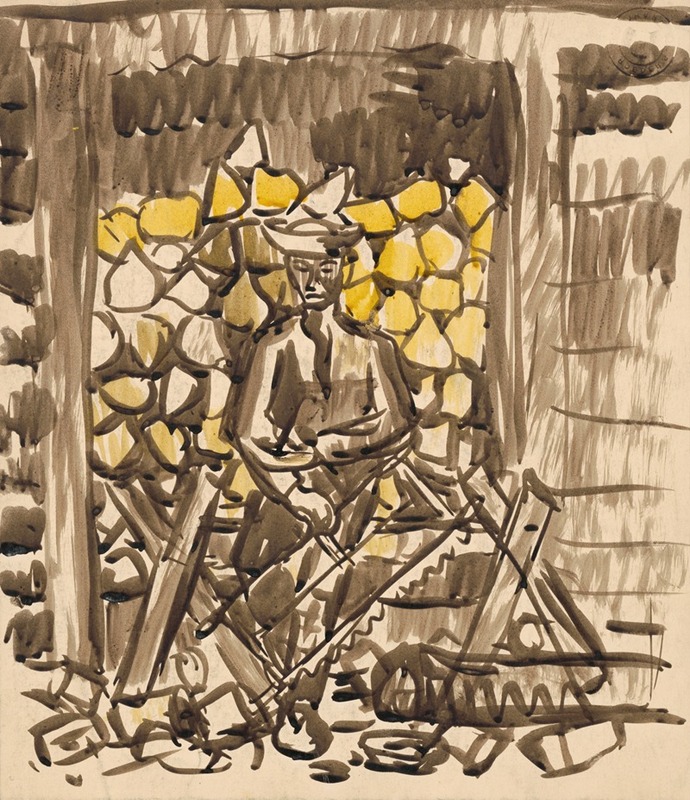
Sawing Wood
A hand-painted replica of Arnold Peter Weisz-Kubínčan’s masterpiece Sawing Wood, meticulously crafted by professional artists to capture the true essence of the original. Each piece is created with museum-quality canvas and rare mineral pigments, carefully painted by experienced artists with delicate brushstrokes and rich, layered colors to perfectly recreate the texture of the original artwork. Unlike machine-printed reproductions, this hand-painted version brings the painting to life, infused with the artist’s emotions and skill in every stroke. Whether for personal collection or home decoration, it instantly elevates the artistic atmosphere of any space.
Arnold Peter Weisz-Kubínčan (1898–1945) was a Slovak modernist painter of Jewish descent, known for his unique approach to symbolism and expressionism. His works often reflected themes of human struggle, spirituality, and the natural world. Among his notable creations is the painting Sawing Wood, which exemplifies his ability to merge everyday scenes with deeper emotional and symbolic undertones.
Sawing Wood depicts a scene of manual labor, focusing on individuals engaged in the act of cutting wood. The painting is characterized by its dynamic composition and the use of bold, expressive lines, which convey a sense of movement and effort. Weisz-Kubínčan's distinctive style is evident in the way he captures the physicality of the figures and the texture of the wood, emphasizing the connection between human labor and the natural environment. The muted yet earthy color palette further enhances the grounded, almost meditative quality of the scene.
Weisz-Kubínčan's artistic career was tragically cut short during World War II. As a Jewish artist living in Slovakia during the Holocaust, he faced persecution under the Nazi regime. In 1944, he was arrested and deported to a concentration camp, where he is believed to have perished in 1945. Much of his work was lost or destroyed during this period, making surviving pieces like Sawing Wood particularly significant as a testament to his talent and vision.
Due to the scarcity of detailed records about specific works by Weisz-Kubínčan, little is known about the exact date of creation or the circumstances surrounding Sawing Wood. However, it is widely regarded as an important example of his ability to infuse ordinary scenes with profound emotional resonance. Today, his surviving works are valued not only for their artistic merit but also as a poignant reminder of the cultural contributions lost during the Holocaust.
If Sawing Wood is part of a public or private collection, its current location has not been widely documented. Scholars and art historians continue to study Weisz-Kubínčan's oeuvre, seeking to preserve and contextualize his legacy within the broader narrative of 20th-century European art.





